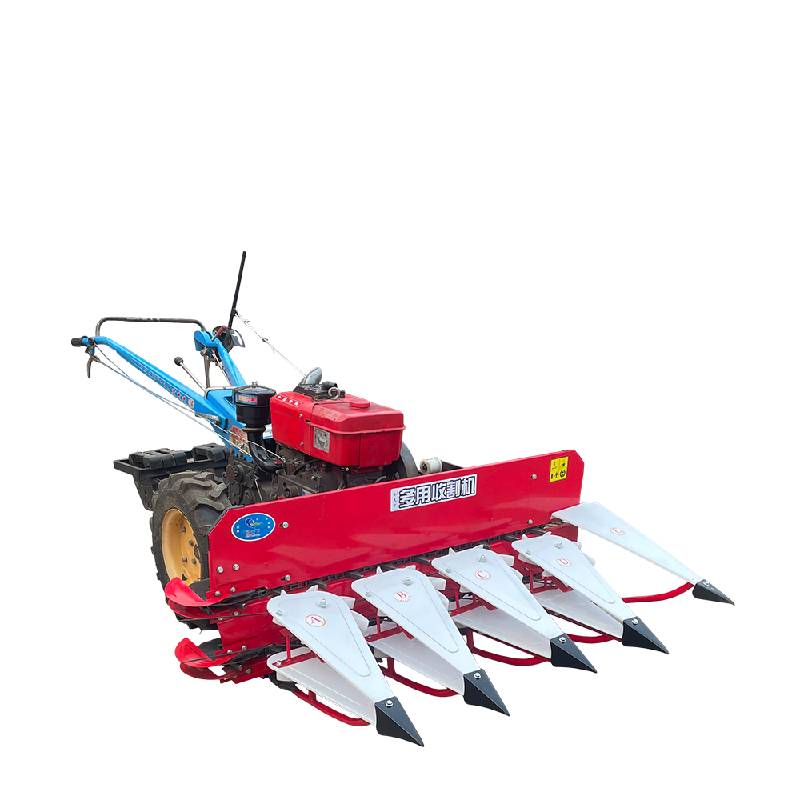Efficient Solutions for Modern Maize Harvesting Techniques and Equipment
The Evolution and Importance of Maize Harvesters
Maize, also known as corn, is one of the most widely cultivated crops in the world. Its versatility in uses, ranging from food products to biofuels and animal feed, has made it a staple in many agricultural systems. The efficient harvesting of maize is crucial for maximizing yields and ensuring food security. Over the decades, the development of maize harvesters has significantly transformed the way farmers manage this important crop.
Historically, maize harvesting was a labor-intensive process, requiring significant human effort and time. Farmers would rely on hand tools such as sickles and knives, which were not only inefficient but also posed challenges in terms of labor availability and time constraints. As agriculture progressed during the Industrial Revolution, machinery began to take center stage. The invention of mechanized harvesters marked a turning point in farming, enabling greater efficiency and productivity in maize harvesting.
The first mechanical maize harvesters appeared in the early 20th century. These machines were primitive compared to the advanced harvesters we see today but laid the groundwork for modern agricultural practices. The initial models were primarily designed to cut and gather maize, but they lacked the finesse required to handle the crop delicately. Over time, innovations such as combining multiple functions—cutting, threshing, and collecting—into one machine became the goal. This evolution led to the development of the combine harvester.
Modern maize harvesters are complex pieces of machinery equipped with advanced technology. They are capable of performing multiple tasks simultaneously, significantly reducing the time and labor needed for harvesting. Today's machines can efficiently cut down the maize stalks, separate the grains from the husks, and deposit the harvested corn into trailers for transport, all in one pass. This efficiency not only saves time but also enhances the quality of the harvested product.
maize harvester

In addition to their mechanical improvements, today's maize harvesters come equipped with cutting-edge technology that enhances precision and efficiency. GPS technology, for instance, allows for precise navigation throughout the field, ensuring that no part of the crop is missed. Data analytics and yield mapping provide farmers with insights into the performance of their crop, helping them make informed decisions about planting and harvesting in future seasons. As a result, farmers are now able to achieve higher yields with less resource input.
Environmental sustainability is also a crucial aspect of modern maize harvesting. Advanced harvesters are designed to minimize soil compaction and reduce crop damage, which contributes to better soil health and biodiversity. Additionally, the development of harvesters that are compatible with precision agriculture techniques enables farmers to apply inputs like fertilizers and pesticides more judiciously, promoting sustainable farming practices.
Despite the apparent advantages of modern maize harvesters, there are challenges associated with their use. The high cost of these machines can be a barrier for smallholder farmers in developing regions. Access to financing and equipment sharing programs are essential to ensure that these farmers also benefit from technological advancements in harvesting. Furthermore, the need for skilled operators to effectively manage these sophisticated machines cannot be overstated. Training programs and resources are vital to equip farmers with the necessary skills to operate and maintain these harvesters.
In conclusion, maize harvesters have come a long way from their rudimentary beginnings. The advancements in technology have revolutionized the harvesting process, greatly increasing efficiency and productivity. As the global demand for maize continues to rise due to population growth and food security concerns, the role of modern maize harvesters will only become more significant. The challenge remains to ensure that all farmers, regardless of their economic standing, can access these innovative tools to reap the benefits they offer. The future of maize harvesting will undoubtedly continue to evolve, driven by technology, sustainability, and the enduring commitment of farmers to feed the world.
Latest news
-
Mini Combine Harvester for Soybean | Compact & Efficient Soybean Harvesting SolutionsNewsNov.24,2025
-
Mini Combine Harvester for Paddy – Compact, Efficient Rice Harvesting SolutionsNewsNov.24,2025
-
Mini Chain Harvester: Compact Forestry Solutions for Sustainable LoggingNewsNov.23,2025
-
Kartar Mini Harvester – Compact, Efficient Harvesting Machinery for Small FarmsNewsNov.23,2025
-
Compact Power: Elevate Your Farming with Harvesting Machine SmallNewsNov.22,2025
-
Discover the Power and Potential of Harvester Mini Combine Machines | Efficient Small-Scale HarvestingNewsNov.22,2025








